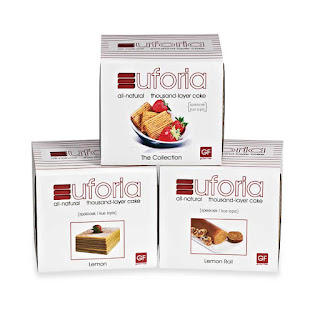If your cluttered small kitchen makes you dread cooking even the simplest meal, it’s time for you to reclaim that space—and your sanity!—with this practical and witty guide. Here you will learn how to:
*Purge your kitchen of unnecessary, space-hogging STUFF
* Maximize counter space
*Organize and streamline your kitchen for peak efficiency and easy cleanup
A resourceful cook will tell you that almost anything (except perhaps, a 25-pound turkey) can be cooked in a small kitchen. But not every cook thinks such a feat is possible, and for him or her, this book will shed some very useful light. A Manhattan apartment-dweller and art historian, Spring lays out the basics of small-kitchen cookery: order, naturally, is of utmost importance. Think like a small-sailboat galley slave (the author grew up on a 36-foot catamaran where the kitchen consisted of a camp stove, ice chest and bucket) and optimize space, he says, by, for example, keeping dish cupboards and cutlery drawers as close as possible to the sink to create economy of motion while washing dishes. In chatty and fun prose, Spring covers every aspect of cooking in a small space, from stocking it with the right ingredients and tools (with suggestions of how much cutlery and utensils you need) to understanding which appliances are really necessary (toaster ovens can be terrific but aren't indispensable, while blenders can do the work of mixers and food processors, making them particularly valuable). Recipes are creative and well within the capabilities of basic cooks; they include Toaster-Oven Meatloaf and Sautéed Cutlets Marsala.

Some great advice can be found in the first part of the book:
For Those Who Can’t Let Go:
Some Tips and Tricks for Kitchen Pack Rats
LETTING GO OF STUFF comes easier to some than to others. For those of us who have a really hard time getting rid of unused and unneeded kitchen stuff, here are some thoughts to keep in mind:
- Rmember that much of the stuff you are now going to make a decision about was in fact given to you by someone who, however thrifty, secretly wanted to be rid of it–and finessed the job by giving it to you.
- Console yourself that much of the stuff you are making decisions about was never meant to be held on to and has no great commercial value.
- Beware of meaningless sentimental attachments.
- Focus, whenever possible, on the possibility that by cleaning out your kitchen cabinets you will be giving some really good stuff to others. Your guilt about letting go of stuff (and your fear of unwittingly losing some really valuable stuff) can thus be vanquished through the reassurance that you are giving stuff to charity. Thrift shops that benefit specific charities are your best bet, since your stuff will find a good home, the proceeds from the sale will help a worth cause, and–hey!– you will even be getting a tax deduction.
- Finally, and most important: remember that you are not so much getting rid of stuff as making room to live.
The second part of the book is full of recipes that are perfect for a small kitchen. Not necessarily that exciting for an unclutterer, but there are some tasty recipes in there regardless.
The book’s author currently lives in a small New York City apartment that has a 45-square-foot kitchen and grew up using a kitchen on a tiny family sailboat. His advice is practical and based on years of experience.
Overall it is such a GREAT READ!



































